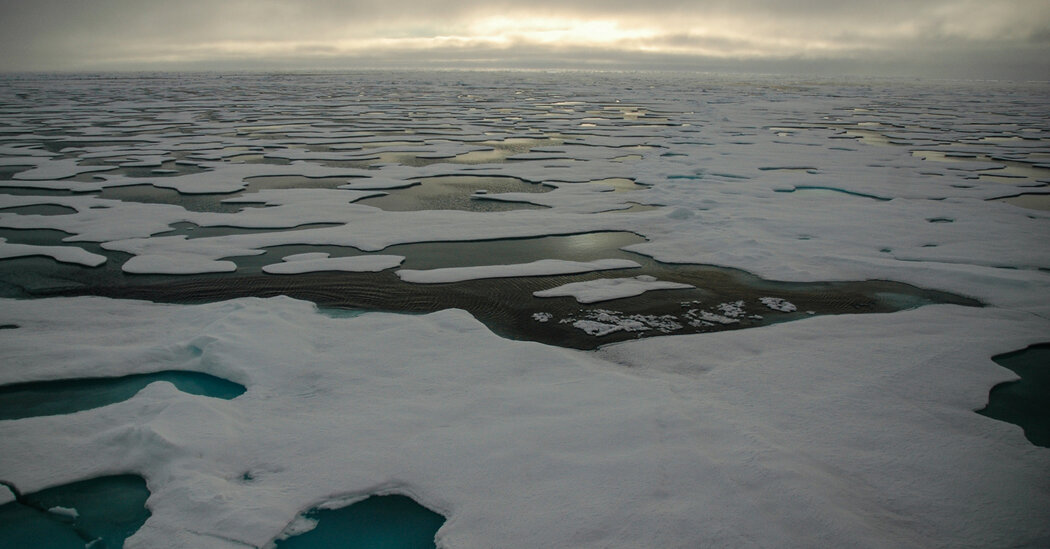Copyright The New York Times

Scientists have reconstructed 30,000 years of changes to sea ice in several locations across the Arctic Ocean by looking for traces of cosmic dust embedded in the seafloor, according to a study published Thursday. Scientists analyzed sediment samples from the Arctic Ocean by looking for traces of space particles, which fall through the atmosphere at a constant rate and blanket exposed surfaces. If those particles reached the ocean floor, it’s an indication that there was no sea ice blocking their path during the years that a particular sediment layer formed. “The Earth has undergone major climate shifts over the past 30,000 years,” said Frankie Pavia, an assistant professor of oceanography at the University of Washington and the lead author of the study, which was published in the journal Science. “That gives us a place where we can go look and say: ‘Hey, this is probably where we’re headed. It might even be where we are now.’” The new study’s analysis represents the first step toward better understanding how the Arctic responded to different conditions before satellites started measuring ice coverage about 50 years ago. Large sheets of frozen sea ice float on the Arctic and Antarctic oceans, melting and refreezing seasonally, with the amount of ice typically peaking at the end of winter. This year, Arctic sea ice failed to recover as much as usual, and a record-low maximum was recorded in March, according to the National Snow and Ice Data Center at the University of Colorado Boulder. Over the last half century, the overall amount of sea ice has been declining. The ice that survives year-round is thinner and more fragile than before, and only 5 percent of the oldest and thickest sea ice remains. Thank you for your patience while we verify access. If you are in Reader mode please exit and log into your Times account, or subscribe for all of The Times. Thank you for your patience while we verify access. Already a subscriber? Log in. Want all of The Times? Subscribe.



